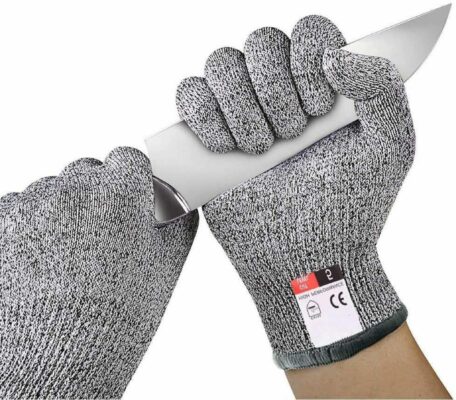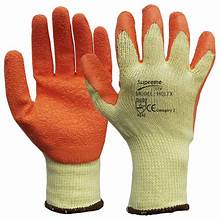Gloves have been a necessary piece of mankind’s set of experiences, filling a huge number of needs through different societies and periods. From giving security against the components to assuming a pivotal part in proficient and sporting exercises, gloves have developed essentially in plan, materials, and usefulness.
The earliest proof of glove utilization traces back to old civilizations. In Egypt, archeologists have revealed portrayals of gloves on wall compositions that date back to around 2500 BCE. These early gloves were probably produced using regular materials, for example, creature stows away and gave fundamental security to hands participated in different undertakings.
After some time, as craftsmanship and innovation progressed, gloves started to fill more particular needs. In archaic Europe, knights wore gloves made of metal as a feature of their covering to safeguard their hands during fights. These gloves were useful as well as filled in as images of status and heraldry.
During the Renaissance, gloves turned into a design frill, particularly among the high societies. Richly brightened and produced using lavish materials, for example, silk and velvet, gloves were viewed as a fundamental piece of a sharp-looking person’s clothing. The act of trading gloves as an image of companionship and romance likewise arose during this period.
In the nineteenth hundred years, the Modern Upset achieved massive changes in the assembling of gloves. Plants started creating gloves for a bigger scope, making them more open to everybody. Calfskin gloves, specifically, became famous for regular use, giving sturdiness and security to hands participated in physical work or outside exercises.
The twentieth century saw further headways in glove innovation and materials. The improvement of manufactured materials like plastic and elastic prompted the production of particular gloves for clinical, modern, and family purposes. Plastic gloves, for example, turned into a norm in clinical settings because of their hindrance properties against microbes and infections.
The universal conflicts assumed an essential part in the development of gloves, with military faculty depending on them for security in different battle situations. Pilots, for instance, utilized particular gloves to keep up with smoothness while working airplanes in brutal circumstances. The requirement for usefulness and execution in outrageous conditions prodded advancements in glove plans and materials.
Protected and strong: Made of elite execution polyethylene (HPPE) fiber, solid and cut-safe, shielding your hands from cuts and scraped spots.
Agreeable and adaptable: Stretch weave, light and breathable. Ergonomically planned, it fits firmly with the hand, has a super grasp, and can undoubtedly hold a smooth surface
Don’t forget to send me your feedback!
BY: DANIYAL KHAN
Recommend0 recommendationsPublished in apparel, Our Fashion Passion, Skin Care, Uncategorized





